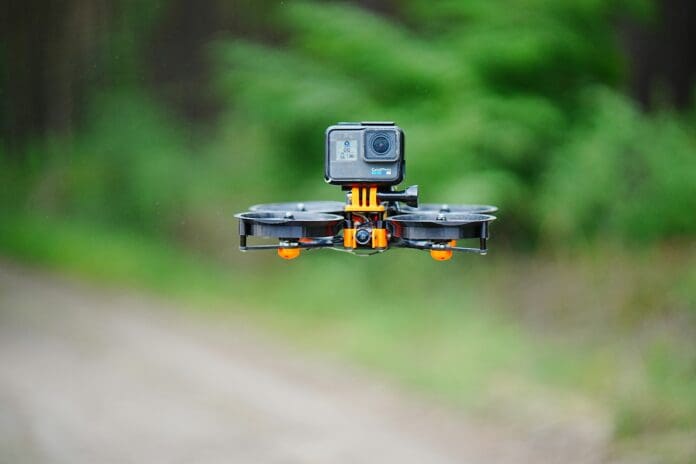This post is also available in:
 עברית (Hebrew)
עברית (Hebrew)
Neros Technologies, a U.S.-based drone startup, has quickly become a major player in military unmanned systems. Since its founding in 2023, the company has raised over $121 million in funding, including a $75 million Series B round led by Sequoia Capital, and secured significant Pentagon contracts. These include a $17 million Marine Corps order for thousands of FPV (First Person View; a system where a person operates a machine using a live video feed transmitted from an onboard camera) drones and a role in the Army’s Purpose-Built Attritable Systems program. The company is also supplying drones to Ukraine as part of an international effort.
The challenge the company seeks to address is twofold: the U.S. faces a major production gap in small drones compared with China and Russia, and traditional defense procurement has struggled to adapt to lightweight, high-speed unmanned systems. While China produces thousands of drones per day, U.S. manufacturers typically manage only a fraction of that output, with many components relying on foreign supply chains that may be subject to disruption or security risks.
The company’s solution combines rapid innovation from competitive FPV racing with a fully China-free, secure production pipeline. The company’s drones, developed with battlefield feedback from Ukraine, are built for high agility, resilience, and rapid deployment. By manufacturing critical components in-house or sourcing them domestically, the company ensures that every system meets U.S. military security standards, avoiding dependence on potentially compromised foreign parts.
The Archer platform demonstrates additional capabilities beyond flight and maneuverability. Equipped with jam-resistant communications, modular payloads capable of engaging targets up to 12 miles away, and compatibility with upgraded soldier-borne ground control systems, the drones integrate fully into contested operational environments. Costing roughly $2,000 per unit, they provide a high-performance alternative to larger and more expensive unmanned systems, while training programs allow military personnel to achieve operational proficiency in just five days.
The company’s rapid development and deployment of FPV drones demonstrate how battlefield-tested technology and secure, scalable production can address critical gaps in U.S. drone capabilities. By combining lessons from conflict zones with domestically sourced components, these systems illustrate a potential shift in how the military approaches small unmanned platforms. The company’s ability to secure significant funding and contracts reflects both the strategic importance of FPV technology and the Pentagon’s urgency in closing the production and capability gap with foreign competitors.


























